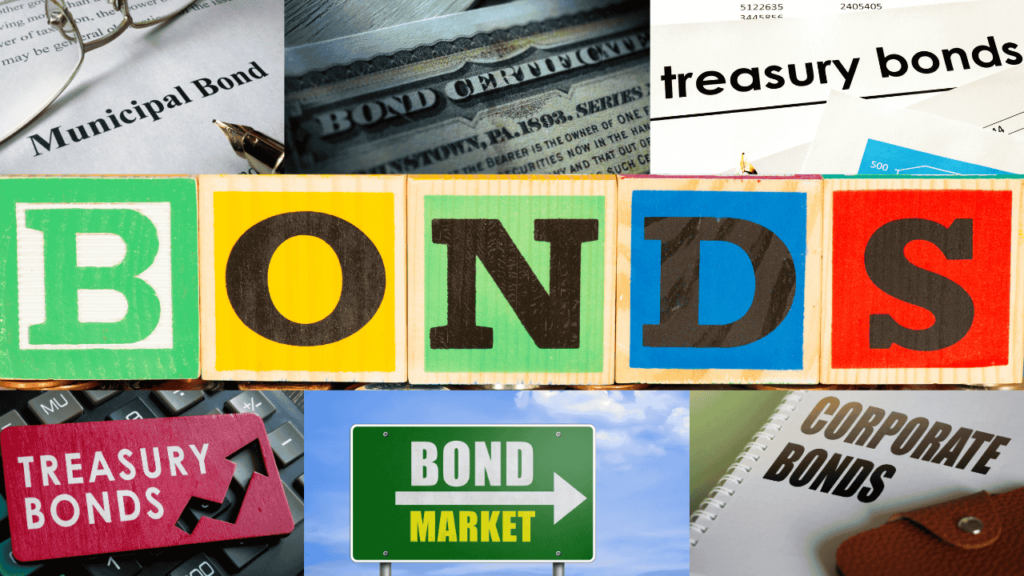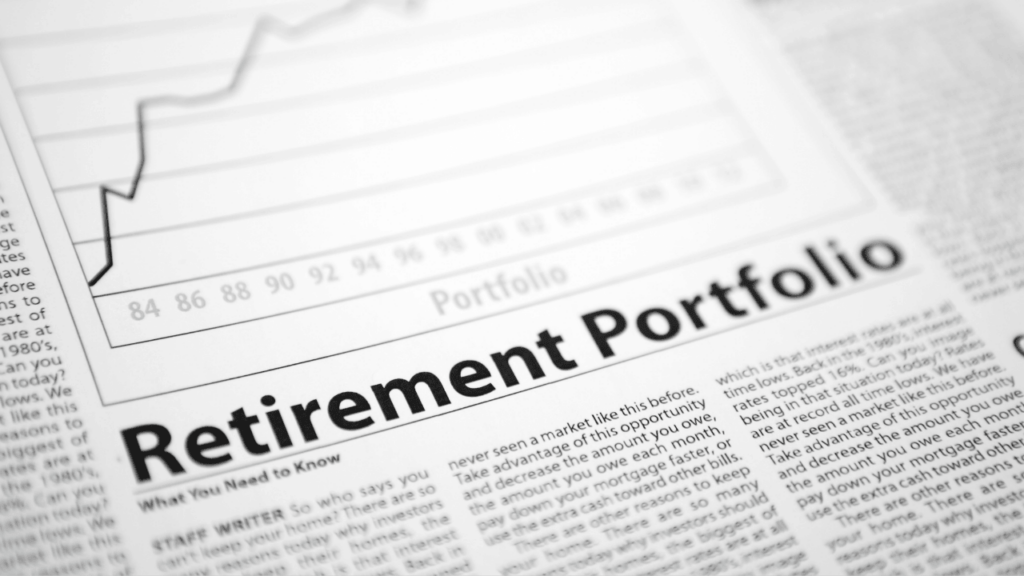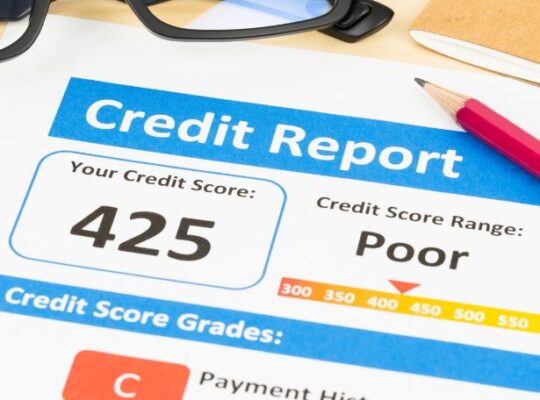
When planning for retirement, people often focus on equity investments for their potential to deliver high returns. But there’s another crucial piece of the puzzle—debt assets. These instruments provide stability, reduce risk, and ensure a more balanced and secure financial future. Incorporating debt assets into your retirement strategy is like laying a strong foundation for a house: they may not be flashy, but they’re essential for keeping everything steady during life’s uncertainties.
Whether you’re in your 30s and just starting to think about retirement or in your 50s preparing to transition to life after work, debt assets play a vital role. They act as a buffer against market volatility, provide a steady income, and help preserve your wealth.
Let’s dive deeper into why debt investments are indispensable and how they can secure your financial future.
Table of Contents
The Role of Debt Assets in Retirement Planning
Debt instruments are low-risk investments that generate fixed income. These include debt mutual funds, fixed deposits (FDs), Public Provident Fund (PPF), National Pension System (NPS), and small savings schemes, among others. While equity investments are designed to grow your wealth, debt assets are there to preserve it, offering peace of mind during turbulent times.
Here’s why debt assets deserve a place in your portfolio:
- Stability: Debt instruments are less volatile than equities, making them a reliable choice for safeguarding your savings.
- Predictable Income: They provide regular income through interest payouts, ideal for retirees.
- Risk Diversification: Adding debt investments balances the high-risk nature of equities, reducing overall portfolio risk.
- Liquidity: Many debt instruments, such as debt mutual funds and short-term FDs, can be easily liquidated in emergencies.
The key is finding the right mix of equity and debt based on your age, financial goals, and risk tolerance. Let’s explore how this balance shifts as you progress through different life stages.
Pre-Retirement Strategy: Growing Wealth While Managing Risks
In Your 30s and 40s: The Accumulation Phase
In your 30s and 40s, you’re likely focused on building wealth to achieve long-term goals like buying a home, funding your children’s education, or saving for retirement. This is the time to take calculated risks by allocating a significant portion of your portfolio to equities. However, a small but meaningful allocation to debt instruments is essential to provide stability and liquidity.
Suggested Allocation:
- Equity: 70-80%
- Debt: 20-30%
Key Debt Instruments:
- Public Provident Fund (PPF): This government-backed scheme offers a tax-free return of around 7.1% (as of now) with a 15-year lock-in period. It’s an excellent choice for disciplined long-term savings.
- National Pension System (NPS): Designed for retirement, NPS allows you to allocate funds across equity, corporate bonds, and government securities. Contributions qualify for tax benefits under Section 80C.
- Debt Mutual Funds: These funds invest in bonds and other fixed-income securities, offering moderate returns with lower risk compared to equities.
In Your 50s: The Preservation Phase
As you approach retirement, your focus should shift from aggressive growth to preserving the wealth you’ve accumulated. This is when you start increasing your allocation to debt instruments to reduce volatility and secure your capital.
Suggested Allocation:
- Equity: 40-50%
- Debt: 50-60%
Key Debt Instruments:

- Fixed Deposits (FDs): These are safe, low-risk investments with guaranteed returns of 7-8%. Senior citizens often receive higher interest rates.
- Non-Convertible Debentures (NCDs): NCDs offer higher returns than FDs but come with slightly higher risk. Opt for AAA-rated debentures to minimize credit risk.
- Government Bonds: These are among the safest investment options, providing predictable returns over the long term.
- Senior Citizen Savings Scheme (SCSS): Available for individuals aged 60 and above, SCSS offers attractive interest rates (currently 8.2%) with quarterly payouts.
Post-Retirement Strategy: Ensuring Steady Income
Retirement is the time to enjoy the fruits of your labour, but it also requires careful financial management to ensure your savings last throughout your golden years. At this stage, the focus is on generating a steady income and preserving your capital.
Suggested Allocation:
- Equity: 20-30%
- Debt: 70-80%
Key Debt Instruments for Retirees
- Senior Citizen Savings Scheme (SCSS):
- Why Choose It: SCSS is a government-backed scheme offering quarterly interest payouts, making it ideal for regular income.
- Investment Limit: Up to ₹30 lakh for joint accounts.
- Returns: 8.2% annually (subject to periodic revision).
- Systematic Withdrawal Plans (SWPs):
- Why Choose It: SWPs in mutual funds allow you to withdraw a fixed amount at regular intervals, providing a steady income while leaving the remaining capital invested.
- Best For: Retirees looking for flexibility and tax efficiency.
- RBI Floating Rate Savings Bonds:
- Why Choose It: These bonds offer half-yearly interest payouts and are linked to the prevailing interest rates, protecting you from inflation.
- Public Provident Fund (PPF):
- Why Choose It: Even post-maturity, PPF allows partial withdrawals, making it a great option for tax-free liquidity.
- Emergency Funds:
- Why Choose It: Keep at least six months of expenses in liquid instruments like short-term FDs or liquid mutual funds. This ensures you’re prepared for unexpected expenses.
Comparing Popular Debt Instruments
| Instrument | Returns | Liquidity | Tax Benefits | Risk |
| Public Provident Fund (PPF) | 7.1% | Low (15-year lock-in) | Tax-free returns (EEE) | Very Low |
| Fixed Deposits (FDs) | 3-8% | High (after lock-in) | Taxable interest income | Very Low |
| Debt Mutual Funds | 6-9% | High | Tax-efficient (indexation benefits) | Moderate |
| Senior Citizen Savings Scheme (SCSS) | 8.2% | Moderate | Tax benefits under Section 80C | Very Low |
| National Pension System (NPS) | Market-linked | Low (till age 60) | Tax benefits under Section 80C | Moderate |
How to Build a Resilient Portfolio

Retirement planning is not a one-time activity; it requires consistent review and adjustments. Here are additional steps to build resilience:
- Start Early: Begin investing in debt instruments early to benefit from compounding and tax savings.
- Diversify: Avoid putting all your eggs in one basket. Spread your investments across various debt and equity instruments to reduce risk.
- Rebalancing Your Portfolio: Over time, your equity investments may outperform, skewing your asset allocation. Regular rebalancing ensures your portfolio remains aligned with your risk tolerance and goals.
- Tracking Inflation: Inflation erodes the purchasing power of your savings. Incorporate inflation-protected instruments like RBI Bonds or adjust your income strategy to maintain your lifestyle.
- Evaluating New Opportunities: Keep an eye on updated schemes, policy changes, and market trends that could enhance your returns or reduce tax liabilities.
- Risk Assessment: Even within debt investments, evaluate the credit risk of instruments like NCDs and ensure they align with your risk appetite.
- Seek Professional Advice: The complexity of retirement planning grows as you near retirement. Professional advisors can provide tailored advice and help you optimize your portfolio.
Building a Legacy
Beyond personal financial security, debt assets can play a role in wealth transfer. Instruments like PPF and SCSS can be passed on to nominees, ensuring your loved ones benefit from your disciplined planning. Some debt instruments also offer joint account facilities, making them accessible to your spouse or heirs.
By combining equity and debt, maintaining a long-term perspective, and adapting your strategies as life evolves, you can create a resilient portfolio that secures your retirement and leaves a legacy for future generations.
Conclusion
Debt assets are the backbone of a well-rounded retirement plan. They provide stability, steady income, and a safety net against market volatility. By incorporating a mix of debt instruments into your portfolio and adjusting your asset allocation as you age, you can achieve financial security and enjoy peace of mind in your golden years.
Whether you’re just starting your retirement planning journey or fine-tuning your strategy as retirement approaches, don’t underestimate the power of debt assets. They may not offer the excitement of high returns, but their reliability and predictability make them an invaluable part of any financial plan.
Check out my other article on how to understand the fundamentals of financial freedom and start saving early for a good retirement life.
Do Follow me on Linkedin and Quora for more such insightful posts on retirement, personal finance, money management, investments, etc.





